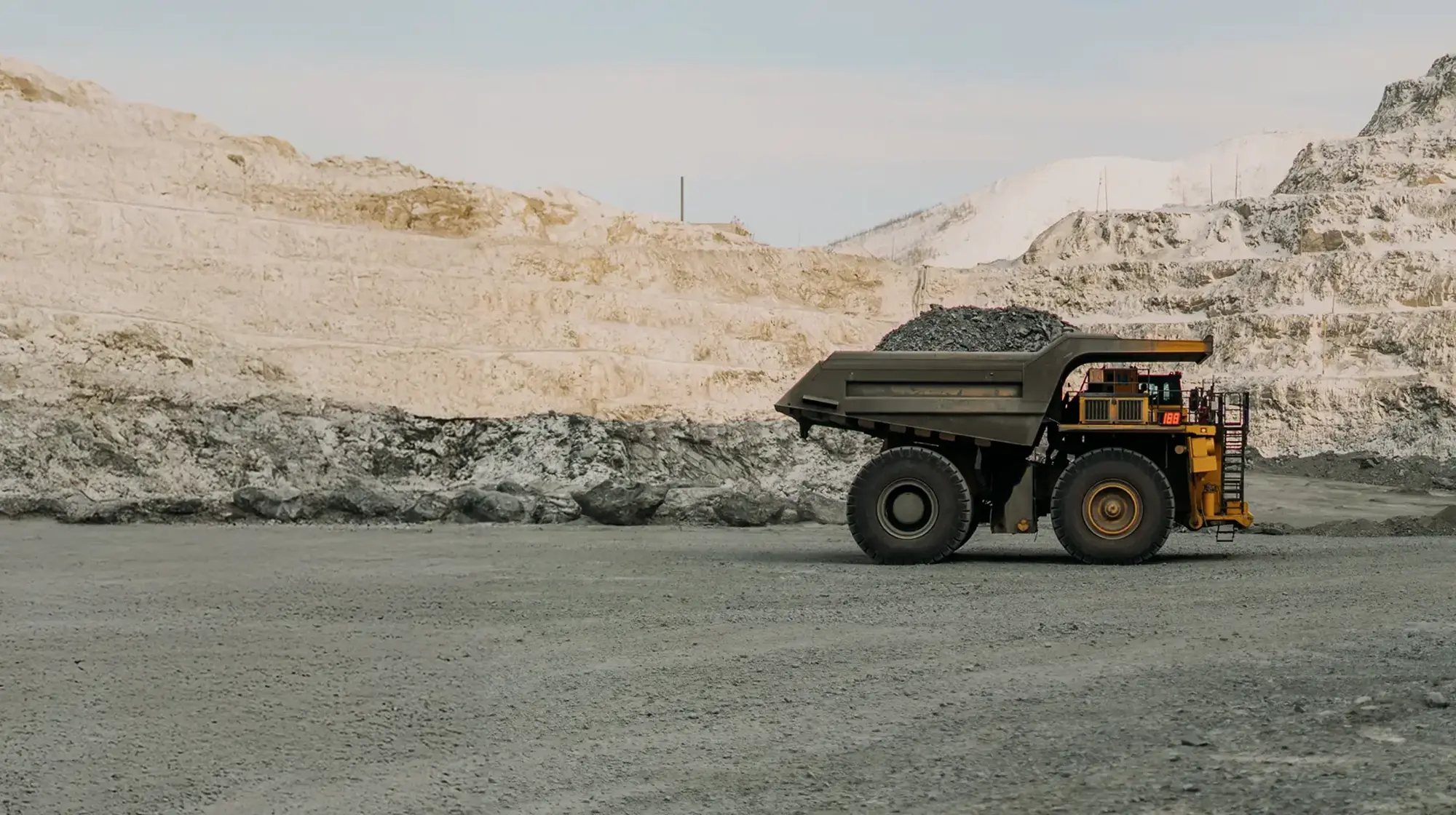Released May 18, 2022 | GALWAY, IRELAND
en
Written by Martin Lynch, European News Editor for Industrial Info (Galway, Ireland)--Europe's steel sector is facing the possibility of a "new recession" due to soaring energy prices, ongoing disruptions in global supply chains and the impact of the war in Ukraine.
"The evolution of the steel market for 2022 and 2023 remains subject to a high level of uncertainty, which is likely to continue to undermine demand from steel-using sectors", warned Axel Eggert, director general of the European Steel Association (EUROFER). "In the current context, amidst a worsening energy crisis and shortages in raw materials, we cannot exclude a new recession or a stagflation scenario." EUROFER claimed that high uncertainty is set to last at least until the end of 2022, subject to the unpredictable developments related to Russia's invasion of Ukraine and its impact on global supply chains. Industrial Info is tracking more than 440 grassroot steel-related projects in Europe worth more than US$53 billion in potential investment.
The warnings of another recession come on the back of a positive 2021, according to the latest figures released by EUROFER, which was hit hard by the pandemic in recent years. Steel consumption strongly rebounded in 2021 (+15.2%), after the deep slump (-10.7%) experienced in 2020. However, this trend is expected to reverse in 2022 with the market shrinking by 1.9%, followed by recovery in 2023 of around 5.1%.
Domestic deliveries saw a modest growth in the fourth quarter of 2021, reflecting the slowdown in demand within the EU over the second half of 2021. Throughout 2021, deliveries sharply recovered (+10.7%) from a two-year recession (-9.6% in 2020 and -4.2% in 2019). EU imports recorded an impressive double-digit rise of 43% for the third time in a row, following +48% in the third and +45% in the second quarter, respectively. As a result, in 2021 imports from third countries significantly rose by +32% after two consecutive drops, -17.1% in 2020 and -10.9% in 2019, mirroring the improvement in steel demand and showing a persistently high import penetration.
Output from the key steel-using sectors was still growing positively in the second half of 2021 despite soaring energy prices, component shortages and lower output weighing in particular on the automotive sector. Total output in steel-using sectors in 2021 marked a rebound (+7.3%) after the pandemic (-8.4%) in 2020. However, it considerably slowed down in the fourth quarter (+0.7%) and in the third (+2.2%), after the rally in the second quarter (+26.3%).
EUROFER concluded: "The rapid deterioration of the global situation following Russia's invasion of Ukraine has cast further shadows on the steel-using industries' outlook. As a result, growth in output is expected to be halved in 2022 (+2% compared to +4% February forecasts) and to remain modest in 2023."
Industrial Info Resources (IIR) is the world's leading provider of market intelligence across the upstream, midstream and downstream energy markets and all other major industrial markets. IIR's Global Market Intelligence Platform (GMI) supports our end-users across their core businesses, and helps them connect trends across multiple markets with access to real, qualified and validated project opportunities. Follow IIR on: LinkedIn.
"The evolution of the steel market for 2022 and 2023 remains subject to a high level of uncertainty, which is likely to continue to undermine demand from steel-using sectors", warned Axel Eggert, director general of the European Steel Association (EUROFER). "In the current context, amidst a worsening energy crisis and shortages in raw materials, we cannot exclude a new recession or a stagflation scenario." EUROFER claimed that high uncertainty is set to last at least until the end of 2022, subject to the unpredictable developments related to Russia's invasion of Ukraine and its impact on global supply chains. Industrial Info is tracking more than 440 grassroot steel-related projects in Europe worth more than US$53 billion in potential investment.
The warnings of another recession come on the back of a positive 2021, according to the latest figures released by EUROFER, which was hit hard by the pandemic in recent years. Steel consumption strongly rebounded in 2021 (+15.2%), after the deep slump (-10.7%) experienced in 2020. However, this trend is expected to reverse in 2022 with the market shrinking by 1.9%, followed by recovery in 2023 of around 5.1%.
Domestic deliveries saw a modest growth in the fourth quarter of 2021, reflecting the slowdown in demand within the EU over the second half of 2021. Throughout 2021, deliveries sharply recovered (+10.7%) from a two-year recession (-9.6% in 2020 and -4.2% in 2019). EU imports recorded an impressive double-digit rise of 43% for the third time in a row, following +48% in the third and +45% in the second quarter, respectively. As a result, in 2021 imports from third countries significantly rose by +32% after two consecutive drops, -17.1% in 2020 and -10.9% in 2019, mirroring the improvement in steel demand and showing a persistently high import penetration.
Output from the key steel-using sectors was still growing positively in the second half of 2021 despite soaring energy prices, component shortages and lower output weighing in particular on the automotive sector. Total output in steel-using sectors in 2021 marked a rebound (+7.3%) after the pandemic (-8.4%) in 2020. However, it considerably slowed down in the fourth quarter (+0.7%) and in the third (+2.2%), after the rally in the second quarter (+26.3%).
EUROFER concluded: "The rapid deterioration of the global situation following Russia's invasion of Ukraine has cast further shadows on the steel-using industries' outlook. As a result, growth in output is expected to be halved in 2022 (+2% compared to +4% February forecasts) and to remain modest in 2023."
Industrial Info Resources (IIR) is the world's leading provider of market intelligence across the upstream, midstream and downstream energy markets and all other major industrial markets. IIR's Global Market Intelligence Platform (GMI) supports our end-users across their core businesses, and helps them connect trends across multiple markets with access to real, qualified and validated project opportunities. Follow IIR on: LinkedIn.


